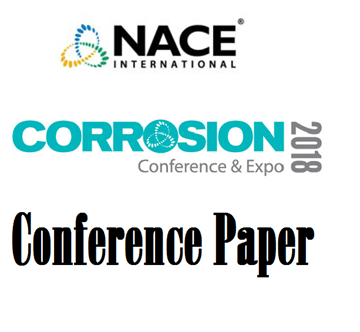Search
51318-11242-Transformer Use for Mitigating Induced Alternating Current Effects on Pipelines
Also Purchased
51318-11231-Effects of Seasonal Variation on AC Interference and Mitigation Design
Product Number:
51318-11231-SG
Publication Date:
2018
$20.00
51318-11245-Abrasive Blasted Surface Preparation – Does the Pipeline Coating Industry Really Understand it?
Product Number:
51318-11245-SG
Publication Date:
2018
$20.00
51318-11285- Minimizing HVAC Interference on Pipelines Through Transmission Line Design Optimization
Product Number:
51318-11285-SG
Publication Date:
2018
$20.00




